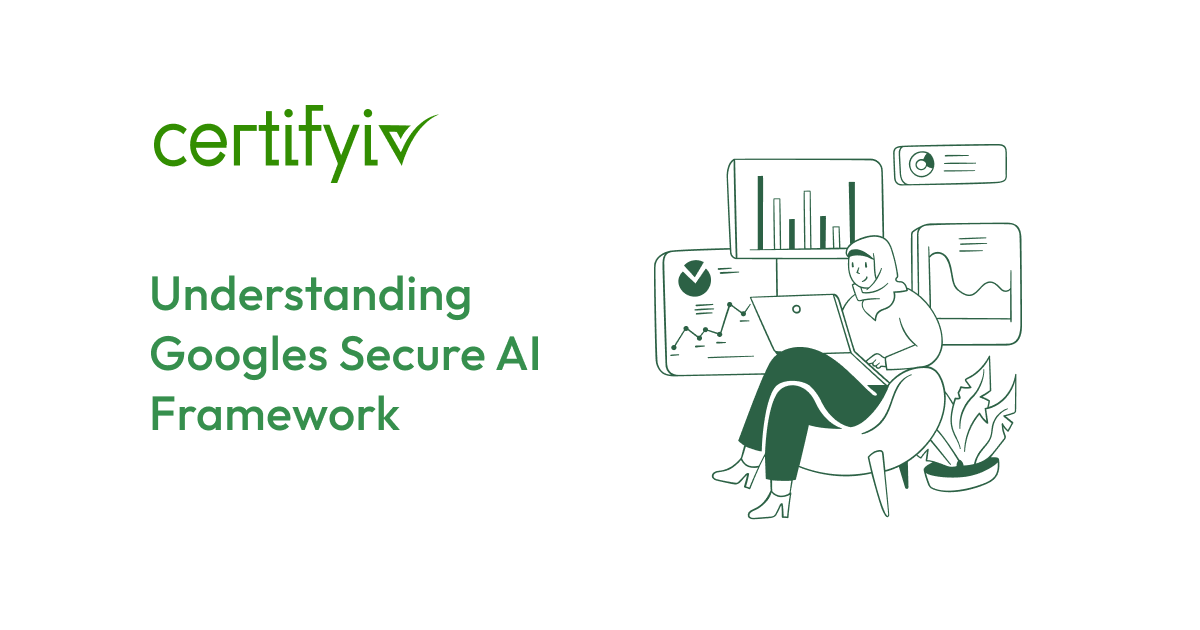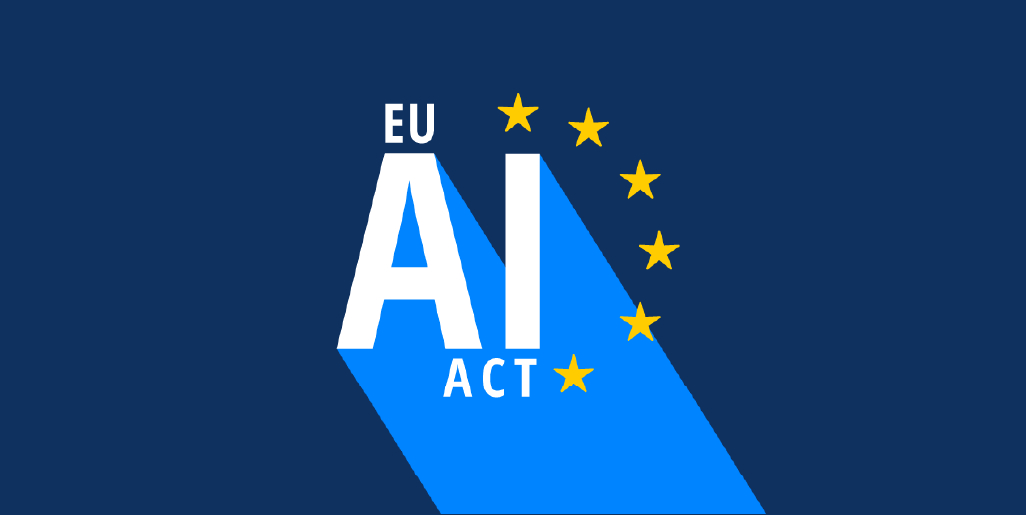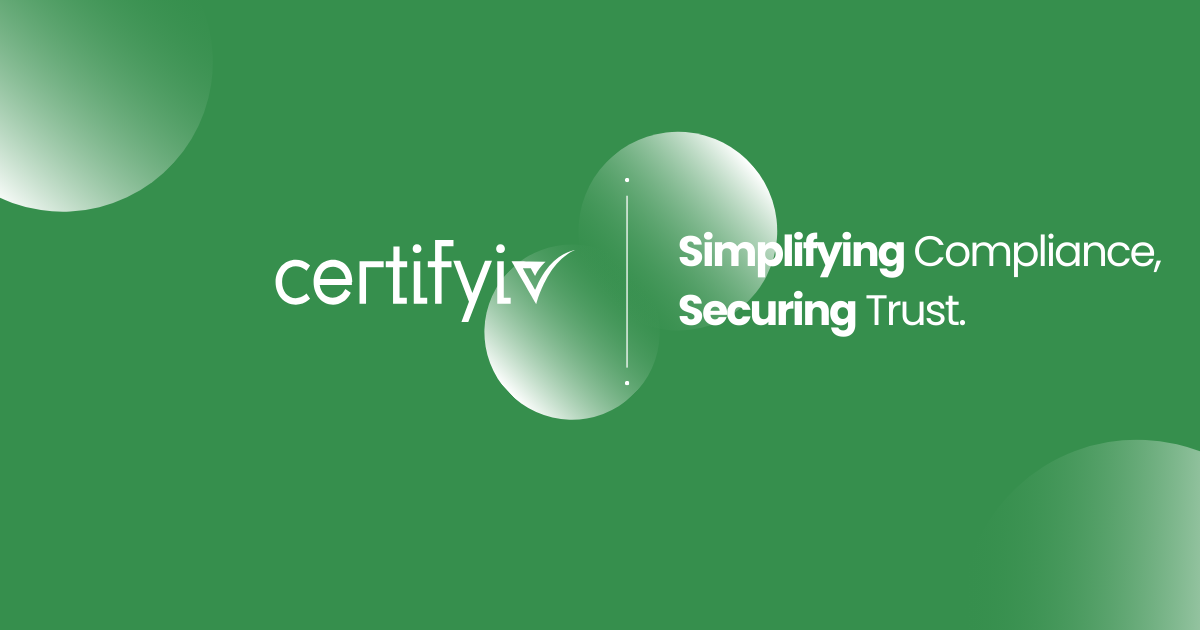Table of Contents

What is Google’s SAIF?
Google SAIF helps enterprises build safer AI in the real world. It sets practical rules that guide teams from design to daily operations. The framework focuses on data, infrastructure, models, and apps working together. With Secure AI Framework principles, teams reduce hidden risks before they spread. Core topics include AI security controls, strong identity, and clear logging. Defenses address prompt injection, data poisoning, and model extraction attempts.
The program also drives faster reviews and safer releases. It supports audits and steady risk management across industries. For U.S. needs, it aligns with common standards and privacy laws. That mix turns ambition into trustworthy AI outcomes. Results improve reliability, transparency, and resilience.
Table: SAIF components and example risks
| Component | Examples |
| Data | data poisoning, PII leakage, weak provenance |
| Infrastructure | GPU isolation gaps, insecure storage, privilege creep |
| Model | model extraction, adversarial examples, prompt abuse |
| Application | prompt injection, agent misuse, unsafe plugins |
Why does the SAIF even matter?
AI introduces new attack surfaces that traditional tools miss. Threats like prompt injection, data poisoning, and model extraction can cause silent failures and reputational harm. Understanding Google SAIF for enterprises brings discipline, shared language, and operational clarity to these risks.
U.S. enterprises face strict obligations and scrutiny. SAIF complements NIST AI RMF, sector laws like HIPAA and GLBA, and internal risk self-assessment needs. It turns principles into concrete engineering practices that scale with growth and regulation.
How the security foundation are built from SAIF
Foundations stretch zero trust into AI. Harden compute, encrypt data with KMS, enforce identity and access management, and verify provenance using attestations and model supply chain controls. SLSA levels, registry policies, and network segmentation limit blast radius.
AI deployments and adaptation
AI changes quickly, so controls must adapt. Track drift, monitor misuse, and run continuous validation with policy-as-code gates. Add red teaming AI systems to test assumptions and close gaps before exposure.
How AI risks needs context
Risk must fit the business. Calibrate controls by decision criticality, data sensitivity, and risk appetite. Pair technical mitigations with human review where outcomes affect safety, finance, or rights.
Implementing SAIF
Turn the framework into a program with governance, funding, and metrics. Create an operating model that binds security, privacy, risk, legal, and engineering. Understanding Google SAIF for enterprises succeeds when owners, processes, and evidence are clear.
Anchor the rollout in phased delivery. Start with a pilot, measure baseline posture, then scale with templates, guardrails, and shared tooling. Curate a controls catalog, automate tests, and store artifacts for audits.
Table: Implementation steps and outputs
| Step | Primary outputs |
| Use case discovery | Inventory, data maps, criticality tiers |
| Team assembly | RACI, escalation paths, training plan |
| Security primer | Playbooks, threat library, reference patterns |
| Six elements applied | Controls, KPIs, evidence repository |
Step 1: Understanding AI use cases in your organization
Inventory systems, decisions, and data classes. Map sources, rights, residency, and retention. Classify impacts across safety, financial loss, and fairness. Understanding Google SAIF for enterprises starts with this picture, because it guides where to invest and how to stage controls.
Step 2: Assembling the right team
Form a cross‑functional guild with security, data science, privacy, compliance, and responsible AI leaders. Define model owners and data stewards. Set decision rights for releases, rollback, and incident command to move fast with clarity.
Step 3: Conducting an AI security primer
Level‑set on adversarial examples, inversion, and membership inference. Explain model I/O risks and logging needs. Walk through real incidents to build shared reflexes. Teach abuse triage, eval design, and escalation criteria.
Step 4: Applying the six core elements of SAIF
Translate each element into controls, tests, and dashboards. Attach KPIs and KRIs to coverage and drift. Store audit evidence automatically. Keep the loop tight with change management and regular tabletop reviews.
How SAIF Automates defenses
Automation helps defenders match attacker speed. Use threat intelligence to tune detectors for prompt injection, scraping, and unusual embeddings. Classifiers enrich events, while guardrails quarantine risky traffic. Understanding Google SAIF for enterprises turns manual toil into repeatable workflows.
Keep humans in the loop. Wire SIEM and SOAR with risk thresholds, rollback triggers, and kill switches. Add model‑aware ingestion, structured telemetry, and evaluation gates. Test false positive rates and fine‑tune suppressions.
Table: Automation patterns and benefits
| Pattern | Benefit |
| I/O anomaly scoring | Faster abuse detection |
| Model fingerprinting | Stronger model extraction defense |
| Policy-as-code gates | Safer, consistent releases |
| Auto quarantine | Reduced incident spread |
Extension of support and detection
Bring AI into the threat universe. Monitor prompts, outputs, input/output monitoring, and embeddings. Expand detection and response with model‑aware rules, sandboxing, deception signals, and canary interactions to surface stealthy probes.
How it shapes platform-level controls
Standardize platform-level controls across clouds and stacks. Enforce golden pipelines with data checks, reproducible training, model signing, and attested deployments. Add quotas, rate limits, and safety filters that scale with demand.
Conclusion
Understanding Google SAIF for enterprises offers a durable path to secure AI. Treat it as a living program. Measure, learn, and iterate as models, threats, and regulations evolve. Keep people, process, and technology moving together.
“Secure AI is not a destination. It is an operating habit.” Build habits that make safe choices the default. Ship with guardrails. Prove controls with evidence. Invest in resilience so innovation stays trustworthy.
Frequently Asked Questions
What is Google SAIF and why should enterprises care?
Google SAIF is a clear framework to secure AI across data, infrastructure, models, and apps, and it reduces risks like prompt injection, data poisoning, and model theft.
How does Google SAIF align with U.S. regulations and standards?
It fits well with NIST AI RMF and sector rules like HIPAA and GLBA, and it supports audits with risk self-assessments and mapped controls.
What are the six core elements of Google SAIF and how are they applied?
The six elements guide strong foundations, detection and response, automation, platform controls, fast feedback, and business context, and teams apply them through codified controls and continuous validation.
How can SAIF integrate into current security stacks and ML pipelines?
Connect model I/O to SIEM and SOAR, enforce least privilege, add model signing and attested releases, and gate ML pipelines with data checks and safe rollback.
What metrics show that SAIF works in production?
Useful metrics include attack detection rates, time to contain, drift alerts, control coverage, false positive rates, and audit readiness tied to business impact.



